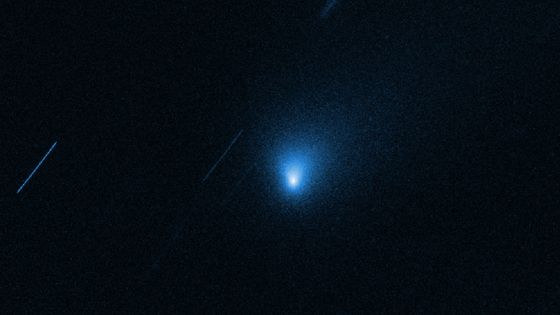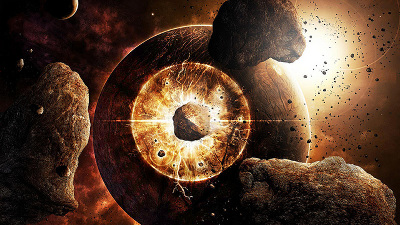A mysterious signal observed in 1977, the 'Wow! Signal,' has been re-examined and found to be likely extraterrestrial in origin.

The '
[2508.10657] Arecibo Wow! II: Revised Properties of the Wow! Signal from Archival Ohio SETI Data
https://arxiv.org/abs/2508.10657
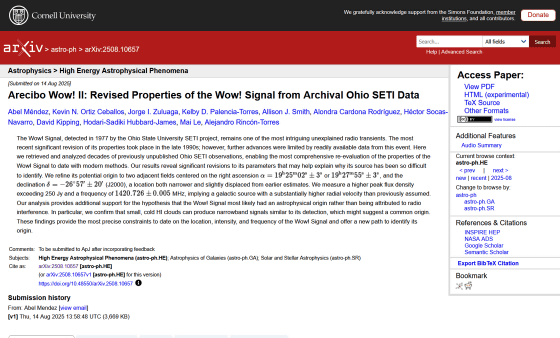
The 'Wow!' Signal Gets An Update - It Was Even Strong Than We Thought - Universe Today
https://www.universetoday.com/articles/the-wow-signal-gets-an-update-it-was-even-strong-than-we-thought
The 'Wow!' Signal Likely Was From An Extraterrestrial Source, And More Powerful Than We Thought | IFLScience
https://www.iflscience.com/the-wow-signal-was-likely-from-an-extraterrestrial-source-and-more-powerful-than-we-thought-80561
The Wow! signal is an unidentified signal received by Jerry Ehrman of Ohio State University, who was searching for extraterrestrial life, using the Big Ear radio telescope on August 15, 1977. The signal was concentrated in a narrow frequency band and lasted for 72 seconds, and the name comes from the fact that Ehrman wrote 'Wow!' in the margin of a printout of the signal.
No signal similar to the Wow! signal has been detected before or since, and researchers continue to debate its true nature. One theory is that the signal's frequency is close to the 21cm hydrogen line , which is expected to be used for interstellar communication due to its low background noise. It could be radio waves sent by extraterrestrial life to communicate with other civilizations.
Some researchers have suggested that a comet passing through the area observed by the Big Ear radio telescope may be the source of the Wow! signal. However, there are no comets within the Big Ear radio telescope's observation range, and the signals received do not appear to be from a comet, as they only last a short time. This theory has been rejected.
A research team led by Abel Mendez, director of the Planetary Habitability Laboratory at the University of Puerto Rico at Arecibo, recently conducted a study to re-examine data from the Wow! signal, which had been stored since the observatory closed in 1998. The research team, including volunteers, processed decades of data, including previously unpublished data, using optical character recognition routines, including human visual aids, and reanalyzed it using the latest signal analysis techniques.
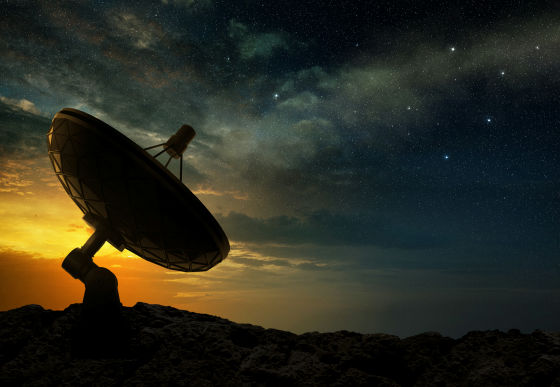
The new analysis shows that it is highly unlikely that the Wow! signal is the result of radio telescope interference or an object on Earth, and also finds strong statistical evidence that the signal is not the result of radio frequency interference.
Another possible source of the signal is a satellite, but most satellites in existence at the time were not orbiting the region of the sky where the Wow! signal is believed to have originated. Another theory is that the signal originated from a satellite that has deviated from its orbit, but this is also highly unlikely, since these satellites would have passed in front of a radio telescope too quickly and would not have remained there for 72 seconds. 'Recreating this pattern would require a continuous signal from a satellite orbiting beyond the moon,' the research team wrote.
The most recent update to the Wow! signal is a new estimate of its signal strength. Previously, the signal strength (electromagnetic flux) of the Wow! signal was estimated to be between 54 and 212
'Our findings don't solve the mystery of the Wow! signal, but they do paint a clearer picture than ever before of what it was and where it came from,' said Mendes. 'These new details will enable us to make future observations even more effective.'
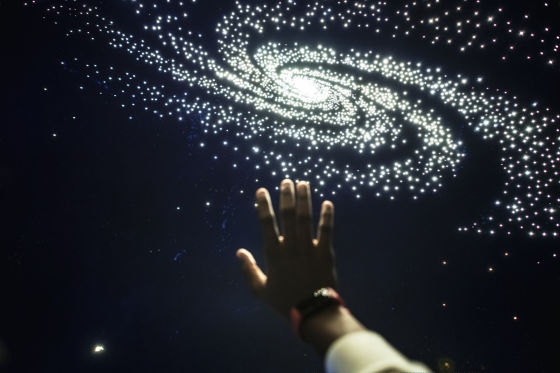
According to the research team, the Big Ear radio telescope also received signals similar to the Wow! signal in 1977 and 1978, but with weaker intensity. These signals are thought to have been emitted from an interstellar neutral hydrogen gas cloud (HI cloud) , which is composed of neutral hydrogen atoms. Based on these points, the research team speculated that the Wow! signal was a signal produced by 'a superradiant event, where a small, cold HI cloud produced a maser -like flare.'
The paper published by the research team has been posted on the preprint server arXiv and has not yet passed peer review.
Related Posts:
in Science, Posted by log1h_ik

